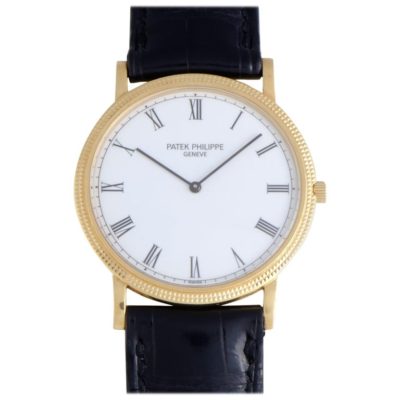So, you think things are tough for middle income workers and the poor?
Well, open your heart. Consider the plight of the affluent.
Like Sisyphus, who was condemned to pushing a rock up a hill forever, the affluent are doomed to chasing high priced luxury objects that will be beyond their income, all of their lives.
This grim reality was confirmed, once again, by the CLEW Index, the “Cost of Living Extremely Well” index that Forbes magazine has tracked since 1976. The October 10th issue tells us that while the Consumer Price Index rose 3.6 percent from 2004 to 2005, the CLEW index rose 4.0 percent. Worse, the price of Dom Perignon had soared a monstrous 8 percent.
In fact, this has been going on for a long time. One of my first newspaper columns, written as a free-lancer for the Boston Globe in 1975, was titled “The La Dolce Vita Index.” The column showed that the horrors of the consumer price index (up 7.0 percent in 1975) were minor. The price of the really good stuff was rising even faster. Wall Street analyst Ray DeVoe created a similar index (The Cost of Living It Up) in the same year. One of the quality champagne makers created a bubbly index a few years later.
All showed the same thing. Regardless of the precise contents of the index, the cost of luxury goods was rising faster than the cost of ordinary stuff. Indeed, since 1976 the CPI has risen 344 percent but the CLEW Index has risen nearly twice as much, 680 percent. That’s a big difference.
It’s a good bet that whatever the object of your luxury dreams, its price is rising faster than the price of Rolling Rock beer. My personal totem object is a watch. Not just any watch. This one is made by Patek Philippe, arguably the worlds best watch maker. It isn’t one of their fancy models. Those routinely carry price tags you might see on a small house in Aspen.
No, my totem object is the classic Calatrava 3520D J, the one with the ultra-thin gold case and alligator strap. It has a crisp austere face with roman numerals. So simple it has no second hand. And you actually have to wind it, if you can imagine that.
It’s price increased by 9 percent over the last year so it now costs $17,150. So the watch I have coveted (but never purchased) now costs $17,050 more than I could bring myself to pay for a watch. That’s up from just $15,735 more than I could bring myself to pay for a watch in 2004.
Basically, the best stuff is rising out of reach even faster than everyday stuff— you know, things like food, gasoline, and healthcare.
This raises a thorny question. Why is this happening?
The answer is disheartening and encouraging at the same time.
While basic consumer demand can be satisfied simply because we can only drink so much milk and chew so much granola, luxury goods are always in short supply. Luxury is pure demand/pull. The moment the demand for one level of luxury is sated, a higher level is created.
The empty glass brigade doesn’t want to believe it, but the number of affluent people— and their supply of money— continue to outpace everything else. This includes the production of luxury goods. The higher you climb on the affluence/luxury ladder, the more likely the shortage of coveted objects.
That’s the way it is. Patek, I am told, can only make 25,000 watches a year. That’s not very many watches for a world with 6.5 billion people, virtually all of whom would rather be rich and each of whom probably obsesses over a personal totem object like my un-purchased Patek. Talk about dogs chasing their tails.
So what’s encouraging?
Simply this. As long as luxury goods are inflating faster than the regular stuff, the economy is cooking. There is a good chance that just about everyone is doing OK.
When luxury goods go on sale, everyone is in trouble.
Tuesday: Why it’s time to pay attention to the bottom 75 percent
On the web:
Cost of Living Extremely Well Index
http://www.forbes.com/2005/09/15/cost-of-living-well-index_05rich400_clewi.html
This information is distributed for education purposes, and it is not to be construed as an offer, solicitation, recommendation, or endorsement of any particular security, product, or service.
Photo:
(c) A. M. Universal, 2005
